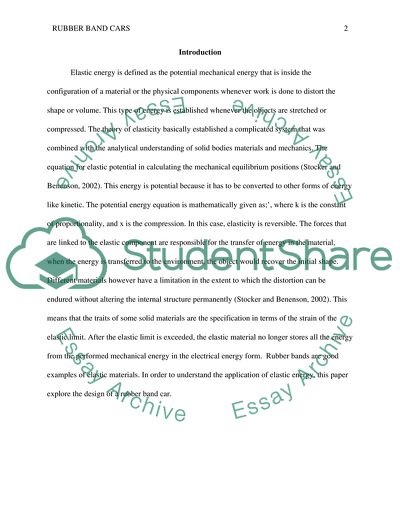Cite this document
(Elastic Energy of Rubber Band on Cars Research Paper Example | Topics and Well Written Essays - 1750 words, n.d.)
Elastic Energy of Rubber Band on Cars Research Paper Example | Topics and Well Written Essays - 1750 words. https://studentshare.org/engineering-and-construction/1849969-rubber-band-car-technical-report
Elastic Energy of Rubber Band on Cars Research Paper Example | Topics and Well Written Essays - 1750 words. https://studentshare.org/engineering-and-construction/1849969-rubber-band-car-technical-report
(Elastic Energy of Rubber Band on Cars Research Paper Example | Topics and Well Written Essays - 1750 Words)
Elastic Energy of Rubber Band on Cars Research Paper Example | Topics and Well Written Essays - 1750 Words. https://studentshare.org/engineering-and-construction/1849969-rubber-band-car-technical-report.
Elastic Energy of Rubber Band on Cars Research Paper Example | Topics and Well Written Essays - 1750 Words. https://studentshare.org/engineering-and-construction/1849969-rubber-band-car-technical-report.
“Elastic Energy of Rubber Band on Cars Research Paper Example | Topics and Well Written Essays - 1750 Words”. https://studentshare.org/engineering-and-construction/1849969-rubber-band-car-technical-report.


